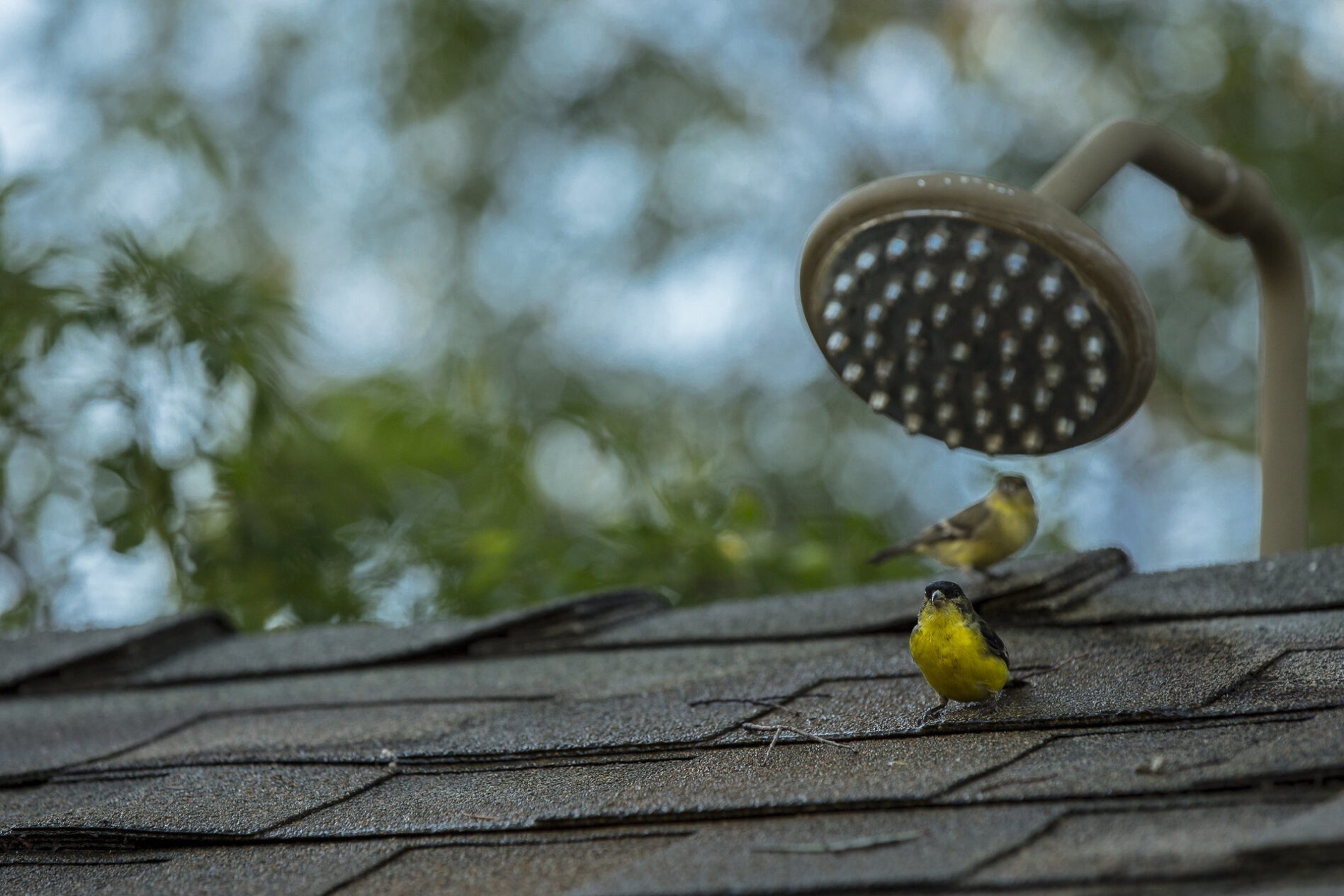
One benefit of trees is that they provide habitat for wildlife such as birds. Trees are important for birds because provide food in the form of fruit or insects and make perfect homes for nesting.
Kenny Derieg, our Waste Reduction and Recycling Specialist, is an avid bird-watcher and has shared some insightful tips on how to get started in the hobby. Here’s some important tools he likes to have when in the field:
- Guidebooks are useful to help identify the birds you’re observing. Try having one on hand for your region to learn more about the species you’ve found. Some are compact to keep in your pocket and whip out when you need it.
- Binoculars are a nice addition to have and they’re great tools to have so you can see birds up close and be able to identify their different features and behaviors.
- Phone: There’s a lot of nature identification apps out there where you can take photos of the birds you observed and even submit them for identification with the help of other bird nerds!
Here are a few pointers when observing:
- Pay attention — Pay attention to the birds on your walk, out your window, or in your yard. Once you start looking you will start to “see” more birds.
- Take notes — Take note of the bird’s features such as its size, shape, color, beak, feathers, or markings. Knowing these is the first step to identifying your bird.
- Listen — You’re more likely to hear a bird before you even see it. When listening, see if you can determine a specific pattern in its call. Try to describe the sound as if you were trying to write it down. Although two species may look similar in appearance, their call is probably the best thing that can identify them.
Once you’ve found your feathered friend, use your guidebook or identification app to learn more about the species. Make sure to take pictures in case you can’t identify them on the spot!

